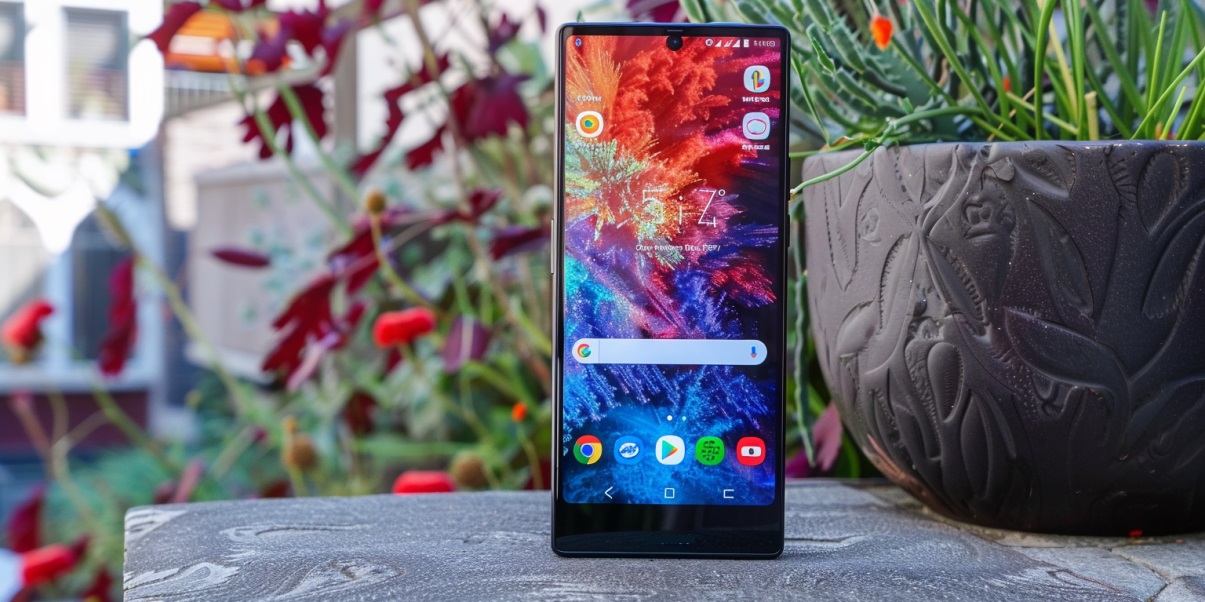Reviving the pioneering spirit of the iconic Razr, Motorola’s announcement of the Razr 50 Ultra has created a buzz in the tech community. The new device aims to bridge the gap between nostalgia and futuristic design, establishing itself as a beacon of innovation draped in the veil of past glory.
Legacy Meets Modernity
Embracing the Nostalgia Factor
Motorola has tapped into the potent force of nostalgia with the Razr 50 Ultra, a name that evokes warm memories for many of the iconic flip phone that once defined the cutting edge of cool. The phone’s classic silhouette has been thoughtfully fused with contemporary aesthetics, delivering a flip design that honors its ancestor while boasting a modern touchscreen. The new Razr is not just a throwback; it’s a statement that Motorola respects its roots while pushing the envelope.
The Razr 50 Ultra, also known as the Motorola Razr+ 2024, is crafted to elicit the same enthusiastic response the original did decades ago. Yet, it aims higher, not just to recreate, but to reimagine what a flip phone could be. With an expansive 6.9-inch POLED main screen and a handy 3.6-inch outer display, it promises the tactile satisfaction of snapping it shut coupled with an unyielding smartphone experience.
Folding in Tomorrow’s Tech
Diving deeper into the Razr 50 Ultra’s provisions, we uncover a Snapdragon 8 Gen 1 Plus processor at its heart, with 12GB of RAM and 256GB of expandable storage to ensure it powers through apps with ease. The dual 50 MP rear cameras hint at Motorola’s ambition to provide quality photography, while the 32 MP front camera caters to the selfie-obsessed generation. Durability concerns are also addressed with IP68-rated water protection, a reassuring feature for any user.
The combination of eSIM support, biometric security options like fingerprint and Face Unlock, and a 4000 mAh battery life portrays a device that understands current needs and doesn’t compromise on practicality. Motorola is scripting a narrative where the past doesn’t conflict with the future but synergizes to create something that stands out today.
A Foldable Market Contender
Weighing Up the Flip Factor
The allure of the Razr 50 Ultra lies in its distinct form factor that differentiates it in a sea of monolithic slabs. Such uniqueness, backed by high-end specifications, positions the device as a flagship that aims to charm through differentiation. Yet, there linger concerns about repair costs and battery longevity that are inherent to foldable technology. Skeptics question whether the Razr can withstand the wear and tear that a foldable phone inherently invites.
Moreover, the battery life, though sizable, becomes a topic of contention, as foldable screens often consume more power. The market still perceives foldables as niche offerings, raising doubts about whether mainstream users are ready to pivot towards this budding category entirely. However, priced at $999, Motorola is making a statement—it wants the Razr 50 Ultra to be more than a collector’s item; it wants it to be a viable daily driver.
Overcoming the Niche Status
Motorola has unveiled the Razr 50 Ultra, a modern take on the iconic Razr phone, sparking considerable excitement among tech enthusiasts. This cutting-edge device seamlessly marries the nostalgia of the original, which captivated users worldwide, with state-of-the-art design and technology, marking a new chapter in innovative mobile devices. The Razr 50 Ultra seeks to stand as a testament to Motorola’s enduring legacy and commitment to pushing the boundaries of what a smartphone can be, taking advantage of the emotional connection many still hold for the Razr name while embracing the possibilities of contemporary tech advancements. It’s a bold strategy intended to attract both fans of the classic flip phone and those looking for the newest tech experience. With the Razr 50 Ultra, Motorola is not merely reviving an old favorite but is reinventing the Razr brand for the modern era, hoping to recapture the allure that once made the original a cultural phenomenon.

